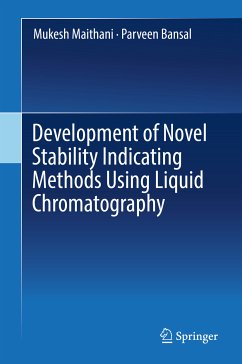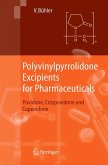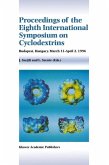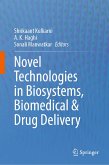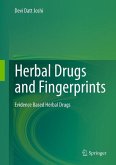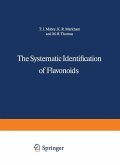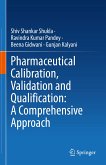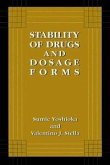This book presents a simple methodology for developing stability-indicating methods and offers a 'how-to guide' to creating novel stability-indicating methods using liquid chromatography. It provides the detailed information needed to devise a stability-indicating method for drug substances and drug products that comply with international regulatory guidelines. As such, it is a must-read for anyone engaged in analytical and bioanalytical chemistry: professionals at reference, test, and control laboratories; students and academics at research laboratories, and scientists working for chemical, pharmaceutical, and biotechnology companies.
Dieser Download kann aus rechtlichen Gründen nur mit Rechnungsadresse in A, B, BG, CY, CZ, D, DK, EW, E, FIN, F, GR, HR, H, IRL, I, LT, L, LR, M, NL, PL, P, R, S, SLO, SK ausgeliefert werden.

